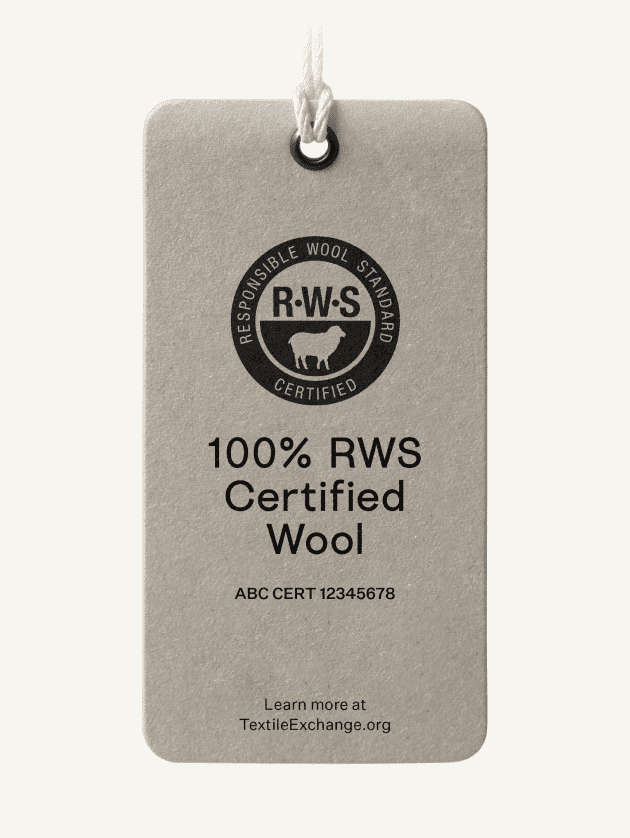Claims and Labeling
Inspire others by promoting certified products
Once you’ve started to source certified products, you might want to tell the world about it, both to show your commitment to climate action and to inspire others to do the same. Anytime you mention our standards, it’s important to follow our policies for claims and labeling. These guidelines not only ensure claims and logo use are clear and accurate, but also help to protect the credibility of our standards and the organizations certified to them.
How it Works
There are several ways in which you can talk about our standards
You can communicate about our standards in different ways, depending on your level of engagement with them. The Standards Claims Policy clearly outlines these different categories of claims, each of which has defined eligibility requirements and guidelines to follow.

COMMITMENT CLAIMS
Claims about your commitment to our standards
Commitment claims may be made after a company has registered a commitment to one or more of our standards through our online form. Once registered, companies can make “corporate commitment claim” following section A2 of the Standards Claims Policy. When a company had made progress on a registered commitment, they may make a “progress claim,” as outlined in section A4 of the policy. The Standards Commitment Guide provides further guidance on making and registering commitments.
Further details
- Claims in this category may be minimally adjusted, as long as the meaning is not lost.
- Logo use is allowed with these claims. Logos are only distributed to those who register through the online from.

ASSURED CLAIMS
Claims for certified organizations or products
Assured claims are only for organizations (such as farms, production facilities, and brands) or products that have met the requirements of an “assurance process.” In other words, this means that they have been certified to one or more of our standards. Requirements for these types of claims can be found in section B of the Standards Claims Policy.
Further details
- Only certified companies may make “claims by certified organizations.”
- “Product-related claims” may be made on final products being sold to consumers (B2C) or products sold between businesses in the supply chain (B2B), such as a yarn maker selling their wool yarns to other companies.
- Product-related claims can appear both on or off the product.
- Claims in this category are not approved by Textile Exchange. They must be submitted to and approved by a certification body. See the approval process below for more details.

INFORMATIONAL STATEMENTS
Ready-to-use messages that describe a relevant standard
Informational statements are ready-to-use messages that describe a relevant standard. They also provide additional context to claims made from other categories. These statements can be used alone, or alongside other claims. More information can be found in section D of the Standards Claims Policy.
PRODUCT LABELING
What to include

APPROVAL PROCESS
How to make a product-related claim

Frequently Asked Questions
If you have a question not answered here, get in touch with us directly, and we’ll be happy to answer it for you.
Can someone from Textile Exchange approve my standard claim or artwork?
No. Only certification bodies are authorized to approve your use of product-related claims or labels. They have in-depth knowledge of our Standards Claims Policy and Standards Logo Use Specifications and will use them to approve your company’s logo use or claim, as well as verify the certification of your product.
Can you send me a standard logo?
No. Logos have to be obtained through the certification body that you or your supplier are working with for certification. We’ll only issue logos for specific uses by media or others who want to promote our standards.
I have partial chain of custody and my product does not qualify for labeling. How can I communicate about the standards and the efforts we are making?
If you do not have full chain of custody and can’t make a product-related claim, you may still choose to make claims from the three other categories described in the Standards Claims Policy.